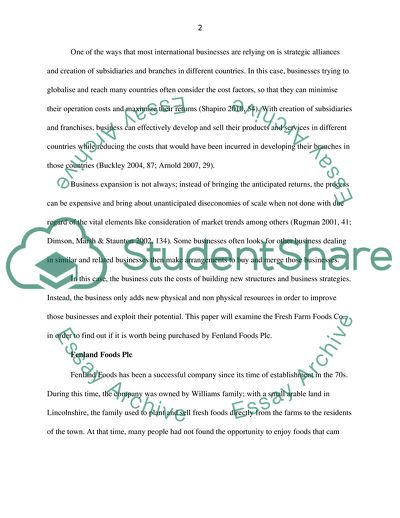Cite this document
(Finance for international business Essay Example | Topics and Well Written Essays - 2500 words, n.d.)
Finance for international business Essay Example | Topics and Well Written Essays - 2500 words. https://studentshare.org/finance-accounting/1855321-finance-for-international-business
Finance for international business Essay Example | Topics and Well Written Essays - 2500 words. https://studentshare.org/finance-accounting/1855321-finance-for-international-business
(Finance for International Business Essay Example | Topics and Well Written Essays - 2500 Words)
Finance for International Business Essay Example | Topics and Well Written Essays - 2500 Words. https://studentshare.org/finance-accounting/1855321-finance-for-international-business.
Finance for International Business Essay Example | Topics and Well Written Essays - 2500 Words. https://studentshare.org/finance-accounting/1855321-finance-for-international-business.
“Finance for International Business Essay Example | Topics and Well Written Essays - 2500 Words”. https://studentshare.org/finance-accounting/1855321-finance-for-international-business.


